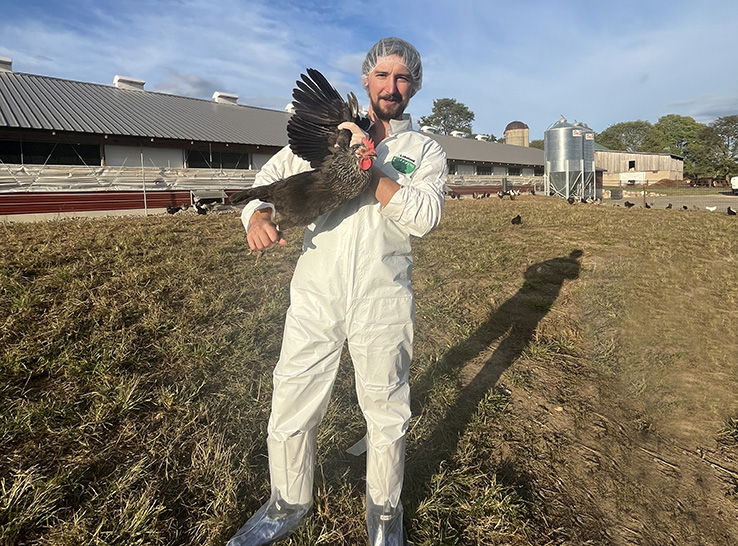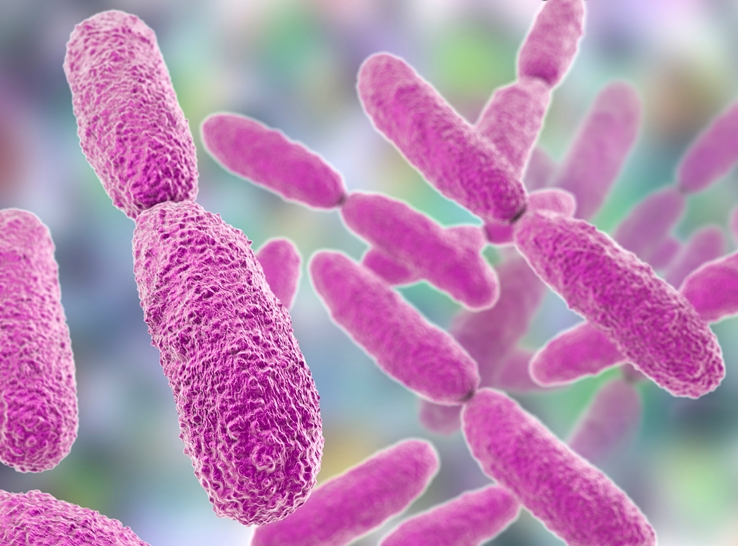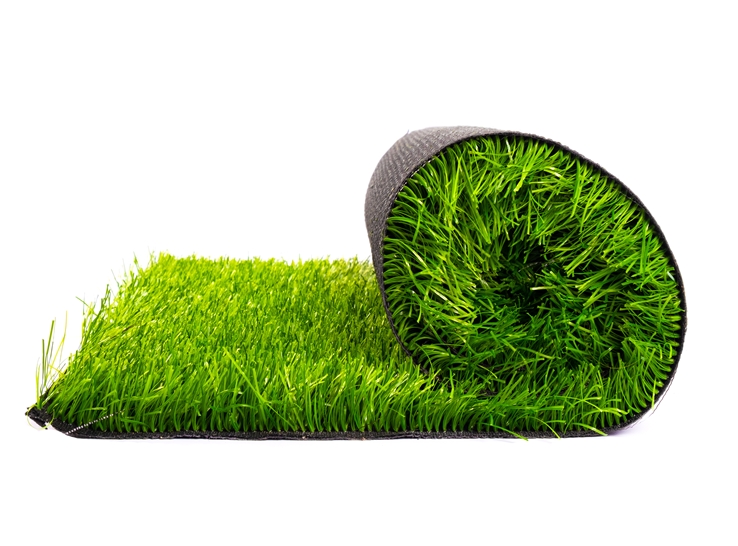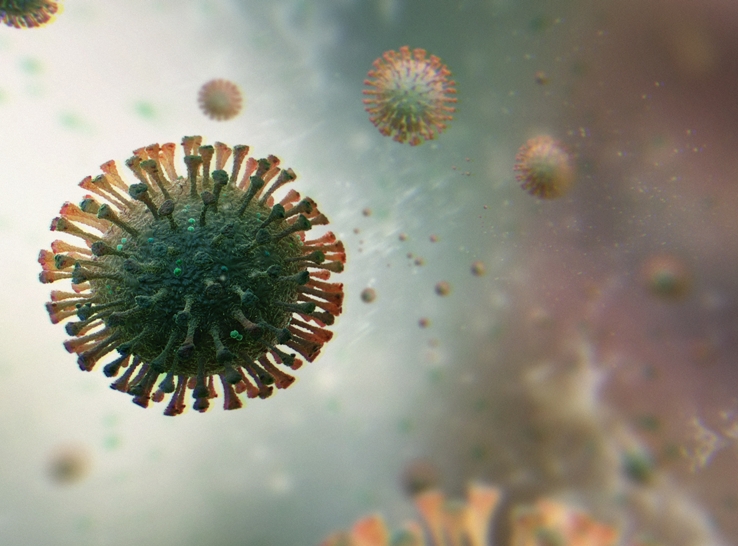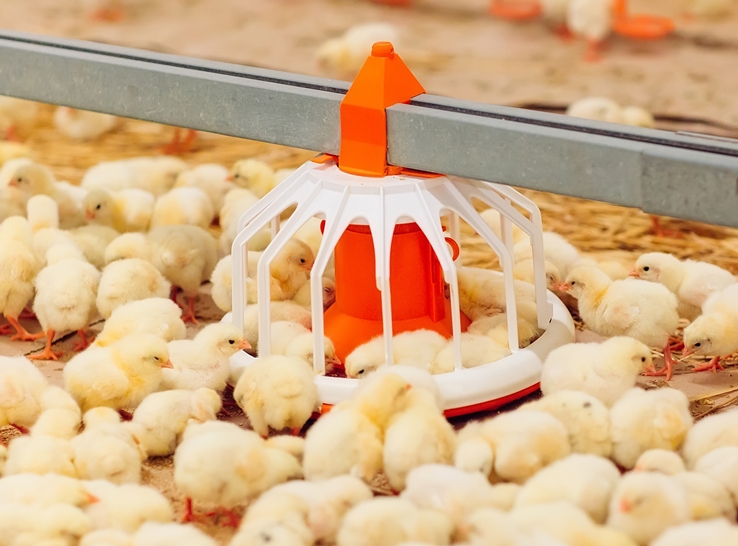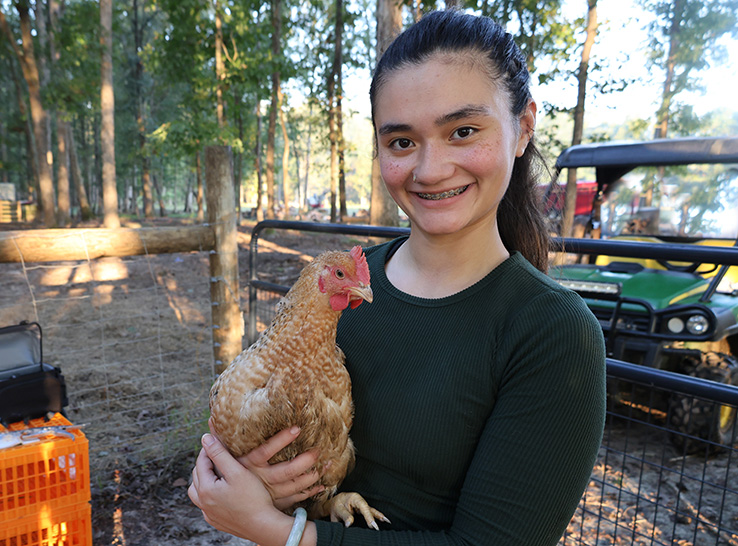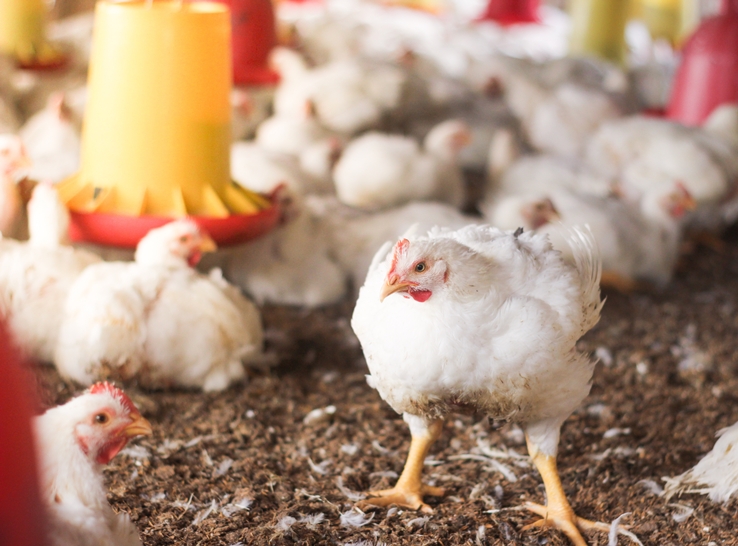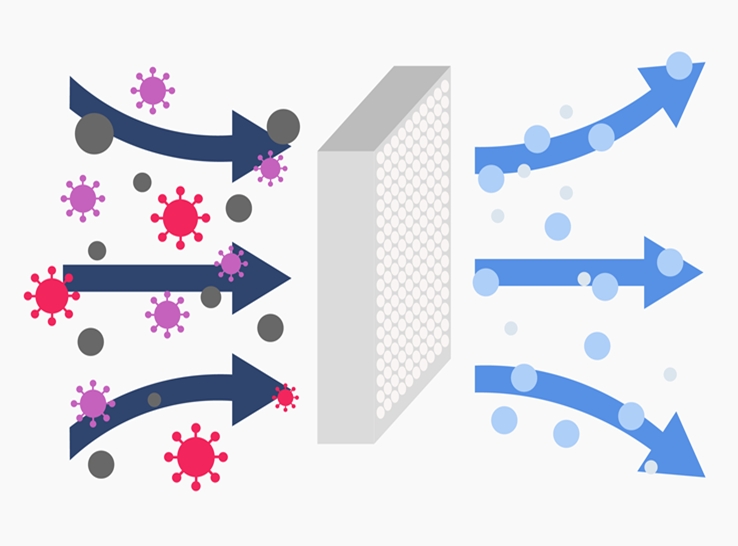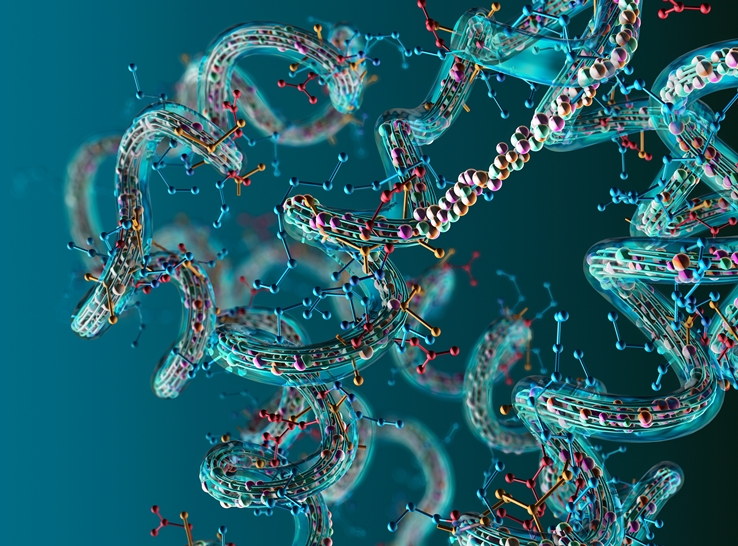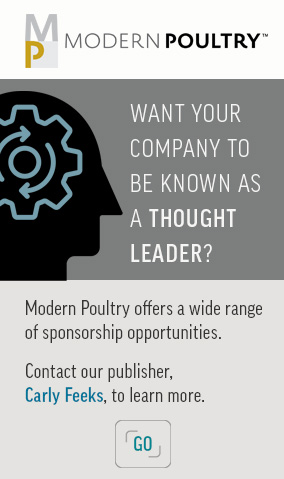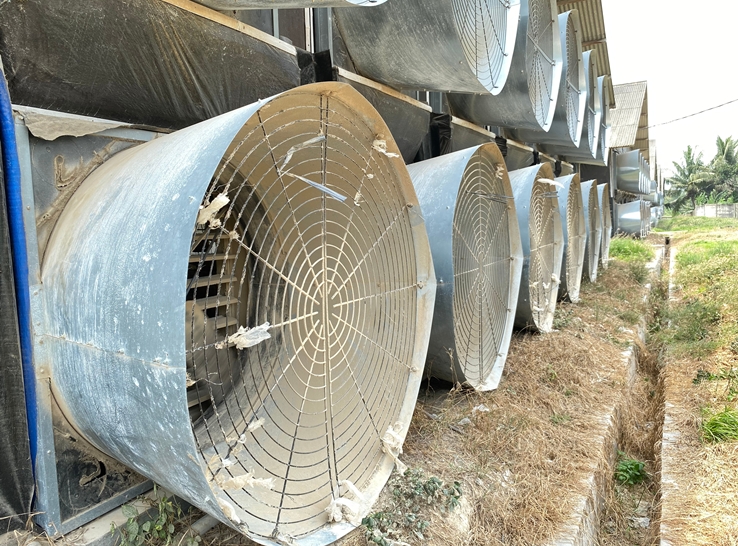
Technologies can help producers reduce risks of dust-borne avian influenza
Dust particles in poultry houses can exacerbate the spread of highly pathogenic avian influenza (HPAI), with the virus on dust particles remaining infectious for up to 17 hours. By the birds’ activity, it can easily be aerosolized into the environment and, by the ventilation system’s airflow, can be transmitted within the barn and from barn to barn.


